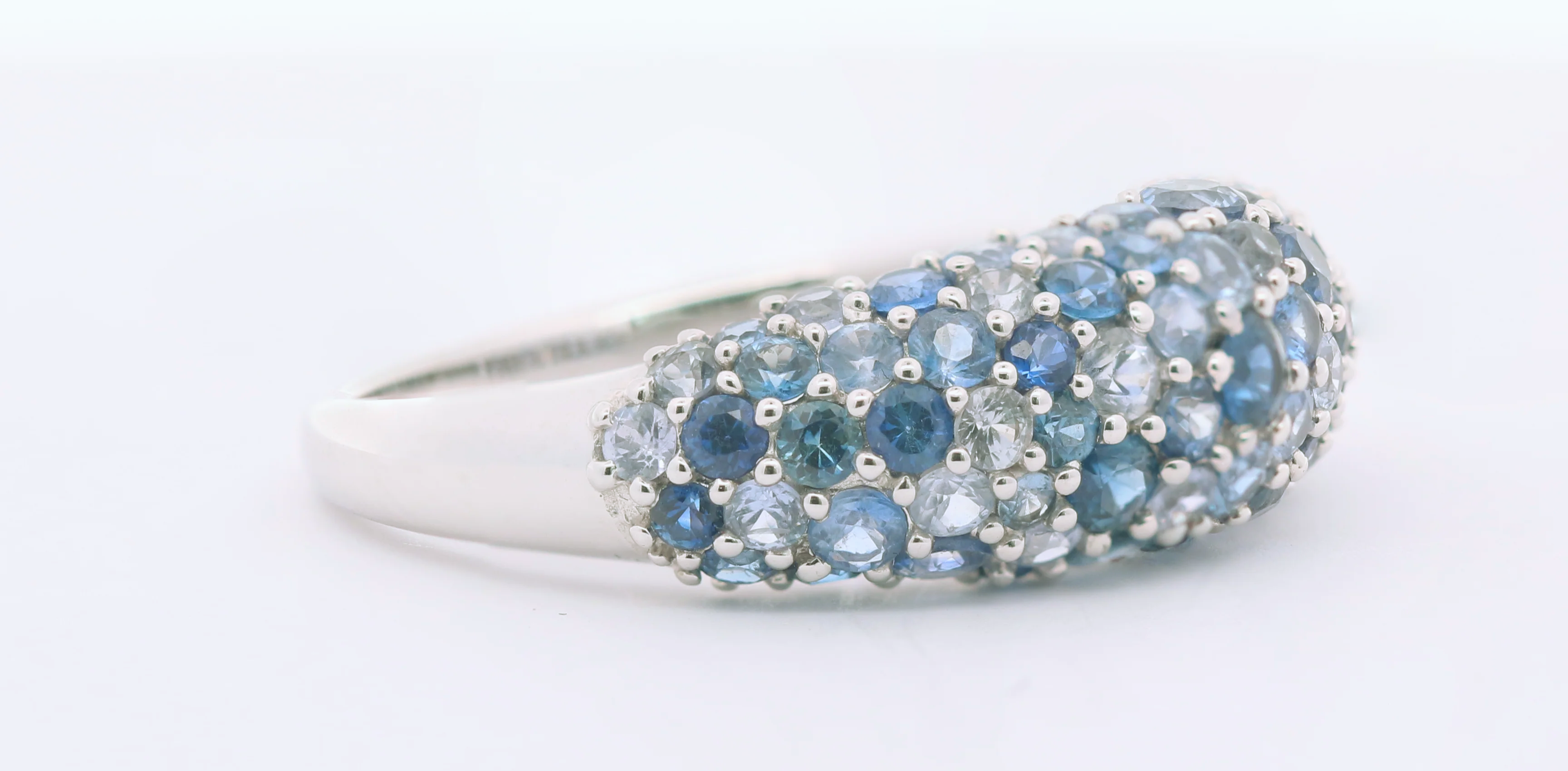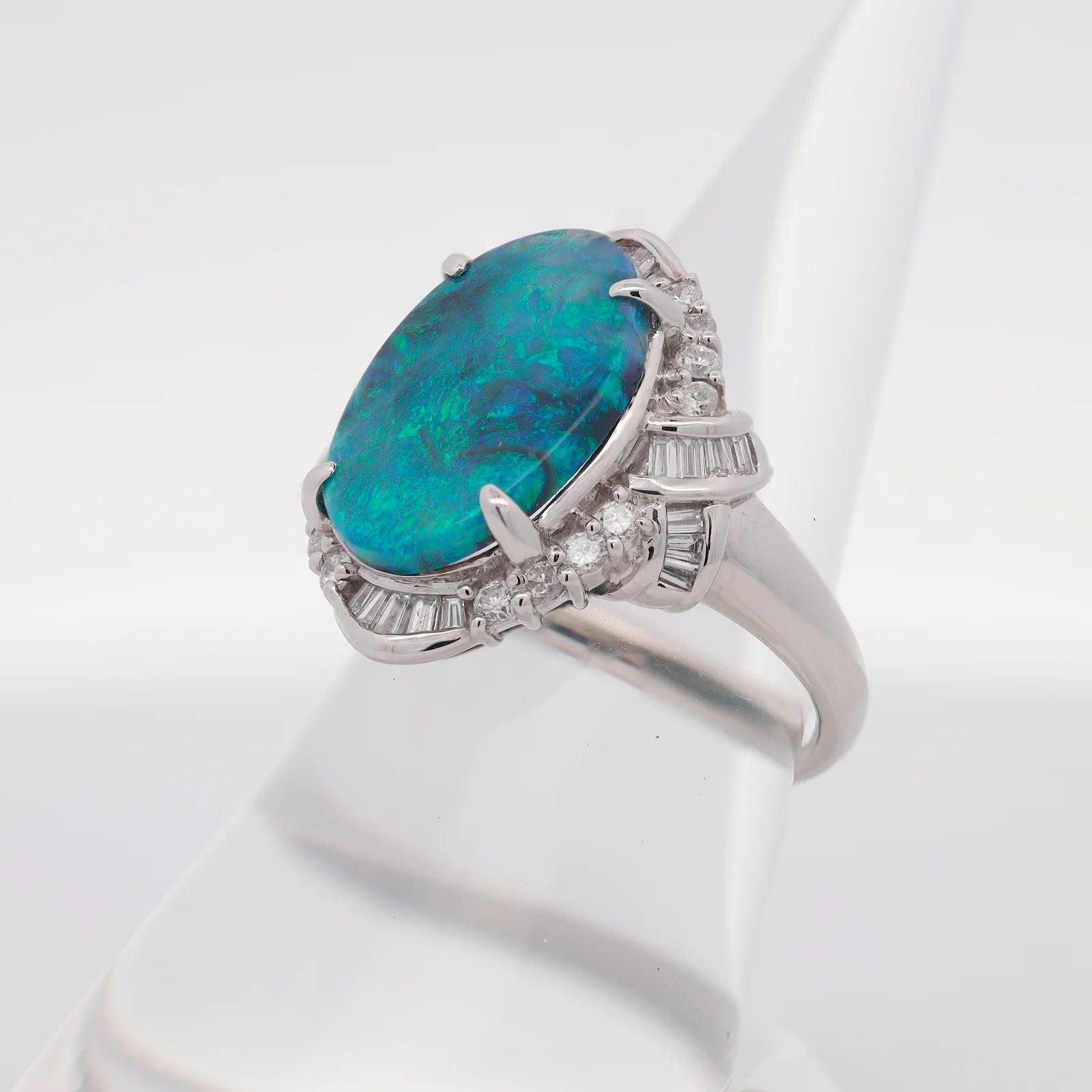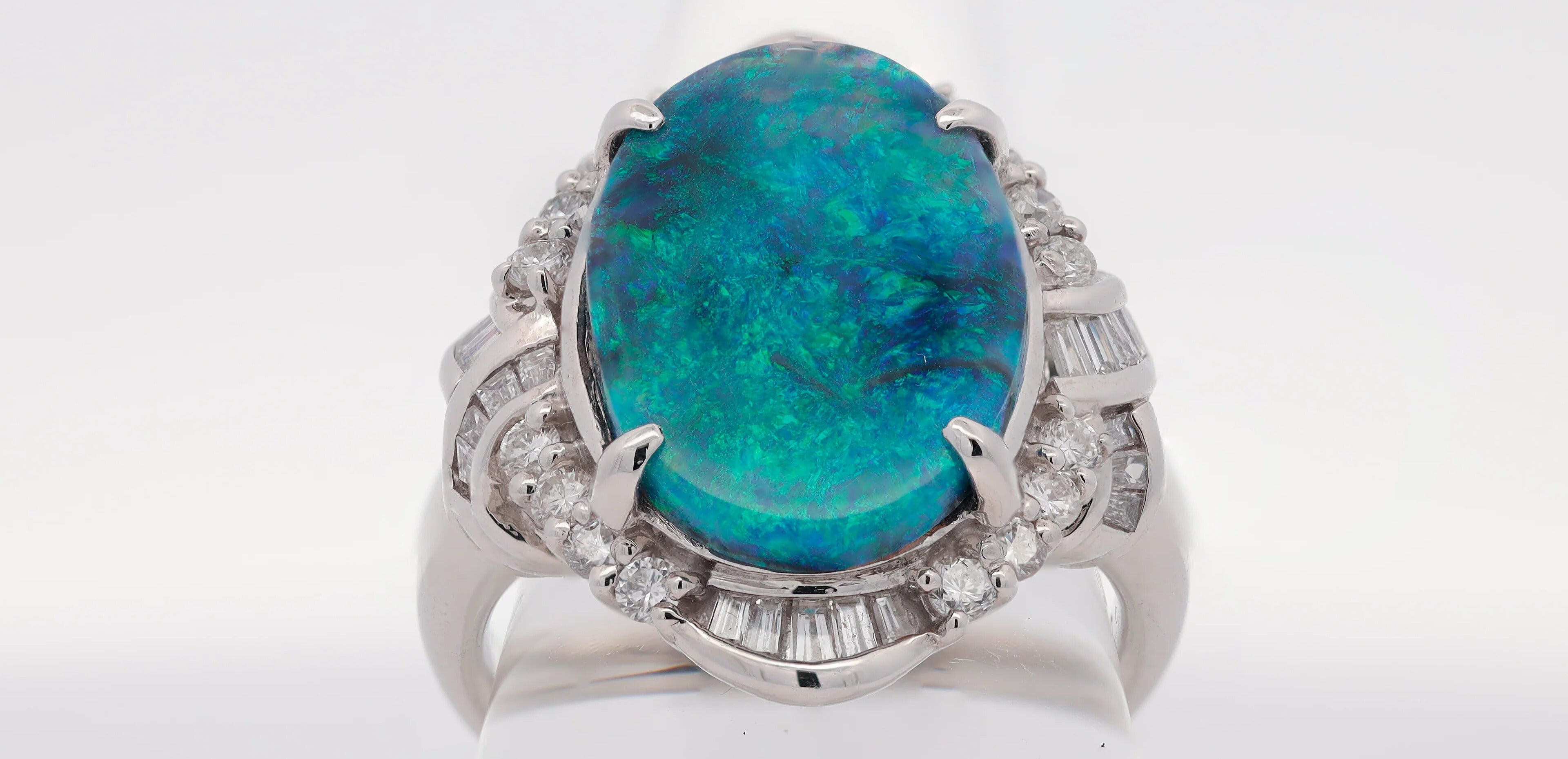Ruby and Sapphire Ring Buying Guide: What to Look For

Understanding Ruby and Sapphire Fundamentals
Rubies and sapphires belong to the corundum mineral family, distinguished solely by their chromatic properties. While rubies exhibit the coveted crimson hue derived from chromium traces, sapphires encompass all other corundum varieties—from the celestial blue of Kashmir specimens to the padparadscha's peachy-pink radiance. This gemological classification forms the foundation for discerning collectors seeking exceptional pieces.
The crystalline structure of corundum ranks 9 on the Mohs hardness scale, making these gems exceptionally durable for daily wear. Their trigonal crystal system creates natural inclusions called "silk"—rutile needle formations that can enhance or diminish value depending on their density and orientation. Understanding these intrinsic characteristics enables buyers to appreciate the nuanced beauty that makes each stone unique.
Geographic origin significantly influences both quality and pricing. Burmese rubies command premium prices due to their exceptional color saturation and fluorescence under ultraviolet light. Kashmir sapphires, though rarely available, possess an otherworldly velvety appearance that collectors prize above all others. Ceylon stones offer brilliant clarity with lighter tones, while Thai and Australian specimens provide more affordable alternatives without compromising durability.
Quality Assessment Criteria
Color Evaluation Standards
Color remains the paramount factor in determining ruby and sapphire value. For rubies, the ideal hue showcases a vivid red with slight purplish undertones—what gemologists term "pigeon's blood" red. This designation applies to stones exhibiting optimal saturation without appearing overly dark or light. The color should appear consistent throughout the stone when viewed from multiple angles.
Sapphire color evaluation proves more complex due to the spectrum of available hues. Blue sapphires reach their zenith with cornflower blue coloration—a medium to medium-dark tone with strong saturation and minimal gray modifiers. Pink sapphires should display pure pink without brown or orange secondary hues, while yellow varieties benefit from vivid golden tones rather than greenish or brownish modifiers.
Clarity Characteristics
Unlike diamonds, rubies and sapphires rarely achieve flawless clarity, making inclusion assessment crucial. Acceptable inclusions include fine silk, color zoning, and small crystals that don't significantly impact brilliance. However, surface-reaching fractures, large dark crystals, or dense silk concentrations that create haziness diminish both beauty and value.
Eye-clean stones—those appearing flawless to the naked eye—represent the sweet spot for most buyers. Slightly included specimens often provide excellent value, especially when inclusions contribute to the stone's character without compromising structural integrity. Heavily included stones should be avoided unless priced accordingly for their decorative rather than investment purposes.
Cut Quality Considerations
Proper cutting maximizes color saturation while ensuring adequate brilliance return. Oval and cushion cuts remain traditional choices that optimize yield from rough crystals while maintaining excellent light performance. Round brilliants, though wasteful of rough material, provide maximum scintillation for those prioritizing sparkle over size.
Window effects—areas where light passes through without reflection—indicate poor cutting proportions. Well-cut stones should display even color distribution without bow-tie effects or extinction zones. The crown and pavilion angles must harmonize to create optimal light return while preserving the stone's natural color intensity.
Authentic Japanese Ruby and Sapphire Collections
Japanese jewelry artisans have cultivated distinctive approaches to ruby and sapphire ring design, blending traditional craftsmanship with contemporary aesthetics. Their meticulous attention to detail and reverence for natural gemstone beauty creates pieces that transcend mere ornamentation, becoming wearable art that celebrates both the stone's inherent properties and the wearer's refined taste.
At Jewels Off Japan, our curated collections showcase this exceptional artistry through carefully selected ruby and sapphire pieces. Each ring demonstrates the harmonious balance between gemstone prominence and metalwork sophistication that defines authentic Japanese jewelry design. Our artisans understand that the setting should enhance rather than compete with the gemstone's natural magnificence.
The philosophy underlying Japanese gemstone jewelry emphasizes subtlety and refinement over ostentation. This approach particularly suits ruby and sapphire rings, where the goal involves highlighting the stone's natural beauty through understated elegance. The resulting pieces offer sophisticated alternatives to Western design traditions while maintaining universal appeal for discerning collectors.
Featured Ruby Ring Excellence
The artistry evident in exceptional ruby rings demonstrates how traditional Japanese craftsmanship elevates gemstone jewelry beyond conventional boundaries. Consider our featured ruby ring, which exemplifies the principles discussed throughout this guide. The careful selection process ensures only stones meeting stringent color, clarity, and cut criteria earn inclusion in finished pieces.
This particular ring showcases a carefully selected ruby that exhibits the coveted pigeon's blood coloration with exceptional transparency. The setting demonstrates traditional Japanese metalworking techniques, with hand-forged details that complement rather than overshadow the central gemstone. Such pieces represent ideal examples for buyers seeking to understand quality benchmarks in ruby jewelry.
The ring's design philosophy reflects centuries of Japanese aesthetic principles, where restraint and precision create lasting beauty. The proportional relationships between stone size, setting height, and band width demonstrate the mathematical harmony that underlies superior jewelry design. These considerations prove especially important for buyers seeking pieces suitable for both daily wear and special occasions.
Treatment and Enhancement Disclosure
Heat treatment represents the most common enhancement applied to rubies and sapphires, improving color and clarity through controlled thermal processes. This treatment, accepted throughout the jewelry industry, permanently alters the stone's appearance without ongoing stability concerns. However, disclosure remains essential for informed purchasing decisions and accurate valuation.
More invasive treatments include fracture filling, surface diffusion, and beryllium treatment. Fracture-filled stones contain glass or resin in surface-reaching fissures, improving apparent clarity but creating long-term durability concerns. Surface diffusion creates color enhancement limited to the stone's outer layers, while beryllium treatment can dramatically alter color throughout the crystal structure.
"The most ethical approach involves complete disclosure of any treatments applied to gemstones, allowing buyers to make informed decisions based on accurate information about their purchase."
Untreated stones command significant premiums due to their rarity and natural beauty. However, treated stones offer excellent value for buyers prioritizing appearance over investment potential. The key lies in understanding exactly what treatments have been applied and their implications for both beauty and long-term stability.
Ring Setting Styles and Considerations
Solitaire settings provide the classic framework for showcasing exceptional rubies and sapphires. The simplicity allows the gemstone's inherent beauty to take center stage while providing secure mounting for daily wear. Four-prong settings offer maximum light exposure, while six-prong configurations provide enhanced security for valuable stones.
Three-stone settings create meaningful symbolism while allowing for creative color combinations. Center rubies flanked by diamonds provide striking contrast, while sapphire center stones paired with smaller rubies create harmonious color relationships. The proportional balance between stones requires careful consideration to avoid overwhelming the central gem.
Halo settings can enhance the apparent size of center stones while adding brilliance through surrounding diamonds. However, this style risks overshadowing the ruby or sapphire's natural beauty if executed improperly. The halo diamonds should complement rather than compete with the center stone's color and fire.
Sizing and Fit Guidelines
Proper ring sizing ensures both comfort and security for valuable ruby and sapphire pieces. Professional sizing should account for knuckle size, seasonal variations, and the ring's specific design characteristics. Wide bands require larger sizes than narrow counterparts due to increased surface contact with the finger.
Gemstone ring resizing presents unique challenges compared to plain metal bands. Settings with continuous decoration or intricate metalwork may prove difficult or impossible to resize without compromising the design integrity. Therefore, accurate initial sizing becomes crucial for elaborate pieces.
| Ring Width | Size Adjustment | Comfort Factor |
|---|---|---|
| 2-4mm | Standard sizing | Snug fit acceptable |
| 5-7mm | +0.25 sizes | Slightly loose recommended |
| 8mm+ | +0.5 sizes | Comfortable movement essential |
Investment and Value Considerations
Ruby and sapphire rings can serve dual purposes as both beautiful jewelry and tangible investments. However, investment-grade stones require exceptional quality across all evaluation criteria. Untreated specimens with superior color, clarity, and provenance documentation offer the best appreciation potential over time.
Market trends favor larger stones with exceptional characteristics rather than smaller commercial-grade specimens. Rubies above two carats with Burma origin and no heat treatment command exponentially higher prices per carat. Similarly, Kashmir sapphires of any size represent blue-chip investments due to their extreme rarity.
Contemporary market dynamics show increasing appreciation for colored gemstones as alternatives to traditional diamond investments. This trend benefits ruby and sapphire collectors, particularly those focusing on untreated stones with documented provenance and superior gemological characteristics.
Care and Maintenance Protocols
Proper maintenance preserves both the beauty and value of ruby and sapphire rings throughout their lifetime. Regular cleaning with mild soap and soft brushes removes accumulated oils and debris that can diminish brilliance. Ultrasonic cleaners prove safe for untreated stones but should be avoided for heavily included or filled specimens.
Professional inspection every six months ensures prong security and identifies potential issues before they compromise stone safety. Loose prongs or worn settings require immediate attention to prevent devastating loss. Insurance appraisals should be updated every three to five years to reflect current market values.
- Store rings separately to prevent scratching
- Remove during physical activities or household chores
- Schedule professional cleaning annually
- Document with photographs for insurance purposes
- Maintain gemological certificates and origin documentation
Frequently Asked Questions
How can I distinguish between natural and synthetic rubies or sapphires? Synthetic stones often display characteristics invisible to untrained eyes, requiring gemological examination with specialized equipment. Natural stones typically contain inclusions that serve as identifying fingerprints, while synthetics may show curved growth patterns or unusual clarity for their apparent quality level.
What price range should I expect for quality ruby and sapphire rings? Prices vary dramatically based on stone quality, size, treatment status, and origin. Commercial-grade treated stones might start around several hundred dollars, while investment-grade untreated specimens can reach tens of thousands per carat.
Are lab-grown rubies and sapphires suitable for engagement rings? Lab-grown stones offer identical physical and optical properties to natural gems at significantly lower prices. While they lack the romantic notion of geological formation, they provide excellent alternatives for budget-conscious buyers prioritizing beauty over rarity.
How important is origin documentation for ruby and sapphire value? Origin significantly impacts pricing, particularly for premium localities like Burma, Kashmir, or Ceylon. However, origin determination requires sophisticated testing, and documentation from reputable gemological laboratories adds substantial credibility and value to exceptional stones.

